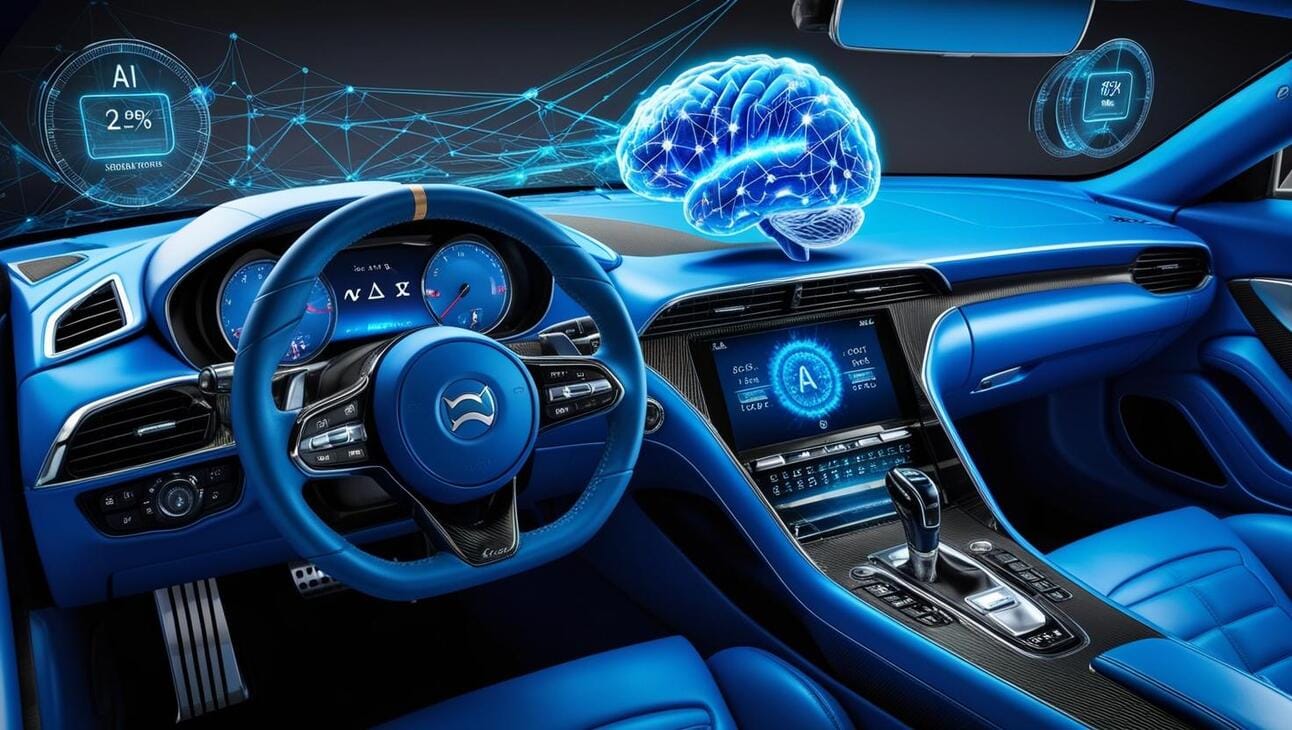High-Performance AI: Navigating Grok-3's Promise and Caveats
Understanding AI's Latest Evolution with a Bit Less Hype

"“AI without transparency is like driving a Ferrari blindfolded - powerful but dangerous."
In today's rapidly evolving world of artificial intelligence, understanding new developments can feel like trying to keep up with the latest sports cars. Just as car enthusiasts evaluate each new model's real capabilities beyond the marketing hype, we need to carefully assess what Grok-3 brings to the AI landscape.
Launched on February 18, 2025, Grok-3 represents a significant advancement in AI processing power. Think of it as a vehicle with a massive engine upgrade - it uses ten times more computational power than its predecessor, powered by 100,000 specialized processors (Nvidia H100 GPUs) in a Memphis data center1. Just as a high-performance car offers different driving modes for various conditions, Grok-3 provides two distinct operational settings: "Think Mode" for careful, step-by-step problem solving, and "Big Brain Mode" for handling the most complex computational challenges9.
Early benchmark testing shows impressive performance in technical areas. The system has become the first to break the 1400 ELO score barrier on LMArena, outperforming competitors in mathematics, science, and coding challenges9. However, just as a powerful car needs the right fuel to perform well, Grok-3 relies heavily on data from X (formerly Twitter) for its real-time information processing1.